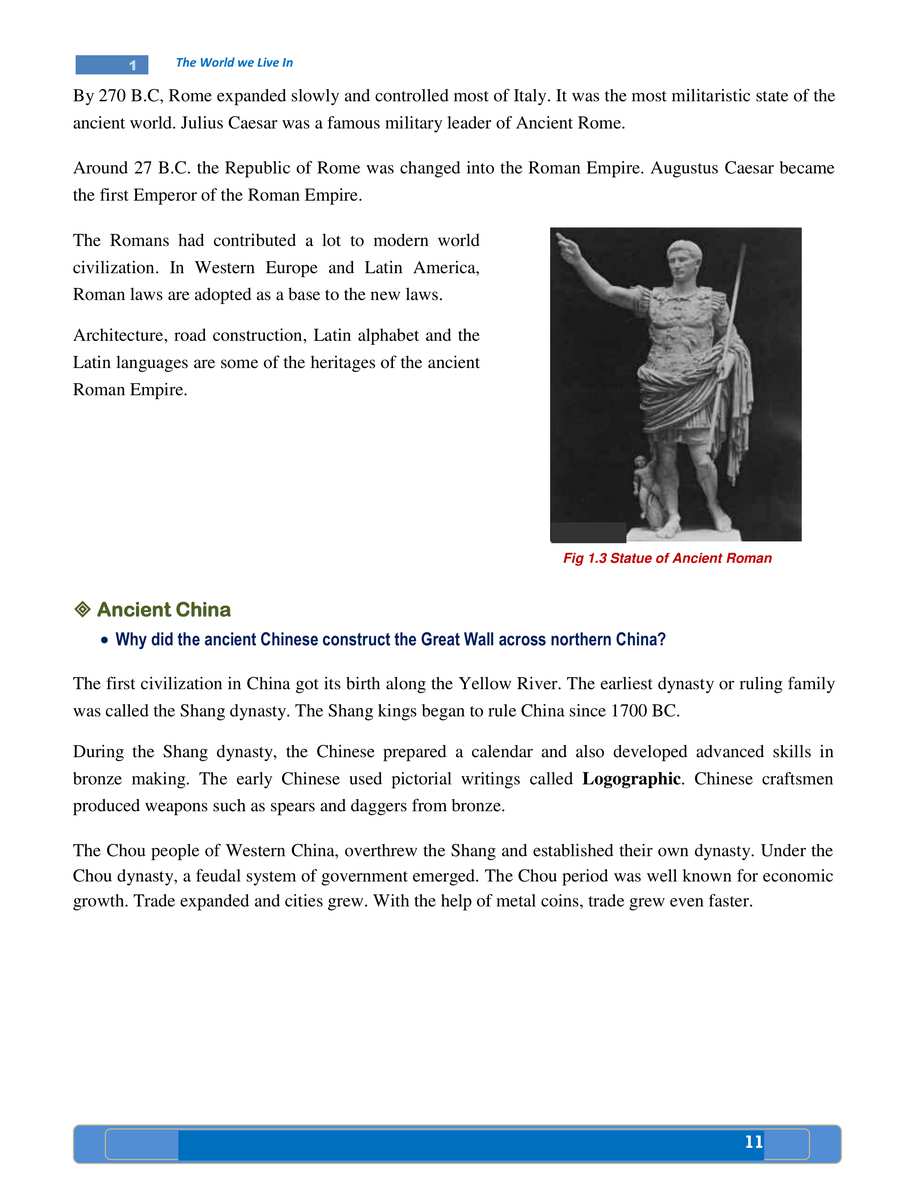
When European sailing vessels set forth to navigate the world’s oceans during the Early Modern Period, they undertook missions that were not only costly but also filled with peril. Consider, for example, Ferdinand Magellan’s notorious first circumnavigation of the Earth from 20 September 1519 to 6 September 1522. Magellan commenced with five ships and around 270 sailors, yet only one vessel made it back, carrying just nineteen survivors, not counting Magellan himself.
The so-called age of discovery might more appropriately be termed an age of exploitation. While these journeys are recognized for revealing lands previously unseen by Europeans, their main objective was trade. The expeditions aimed to acquire goods like metal ores—gold, silver, copper—luxurious materials such as silk, and especially spices. The undertakings of Vasco da Gama, Christopher Columbus, and Magellan targeted dismantling the Arabic hold over the overland spice trade connecting Asia and Europe. Subsequent attempts to locate a North-East or North-West passage were driven by the quest for a more efficient trade route between the continents.
These commercial pursuits demanded political and financial support, requiring strategic promotion to draw in sponsors. One of the key proponents for English expeditions to North America to establish the groundwork for an English Empire was geographer Richard Hakluyt.
John Dee had previously proposed the concept of a British Empire in his 1570 manuscript, highlighting English colonies, particularly in North America, with his 1576 publication referencing historical myths. However, Hakluyt significantly advanced this vision.
Richard Hakluyt came into the world in Herefordshire, the second of six children. After the early passing of his parents, he was nurtured by his cousin, a lawyer engaged in overseas commerce. A notable interest sparked during a visit to his cousin—perusing maps and cosmography books and identifying the economic opportunities through global trade ignited his lifelong dedication to travel literature.
Hakluyt’s educational path led him to graduate and subsequently teach at Oxford, where he lectured on geography, creatively employing tools like maps and globes. Backed by influential patrons such as Sir Francis Walsingham and William Cecil, he delved into geographical research, fascinated by the progress of English explorers.
He released a series of documents detailing global exploration and was heavily involved in advocating for voyages, garnering support from high-ranking officials. Hakluyt’s contributions are embodied in works like “The Principle Navigations,” which documented English maritime endeavors and encouraged future explorations.
His extensive works, comprising translations and firsthand accounts of significant voyages, constituted a thorough body of exploration literature. Richard Hakluyt emerged as a pivotal figure in championing England’s maritime activities, significantly shaping the trajectory of English colonization.